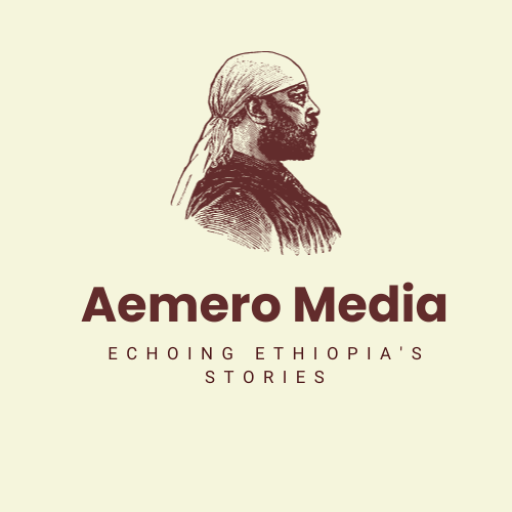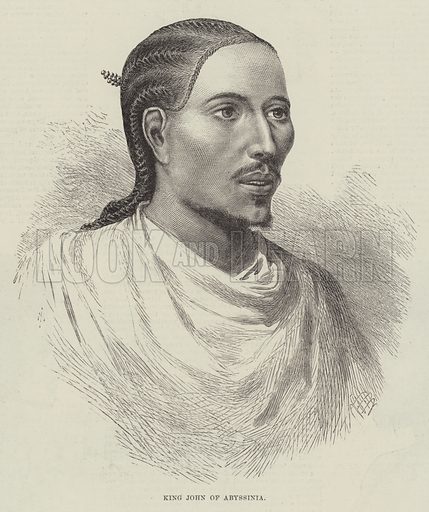Ethiopia, widely acclaimed for its rich coffee beans, boasts a plethora of other notable exports that often get overlooked. While coffee remains an economic linchpin, there’s more to Ethiopia’s vibrant export scene than our aromatic morning wake-up call. As we delve into the world of Ethiopian exports, you might be surprised by the diverse range of goods this East African nation has to offer. From the aromatic spices to the precious gems, fasten your seatbelts as we take you on an unexpected journey, exploring the top 10 Ethiopian exports that will certainly surprise you.
Top 10 Ethiopian Exports Of Ethiopia
Coffee
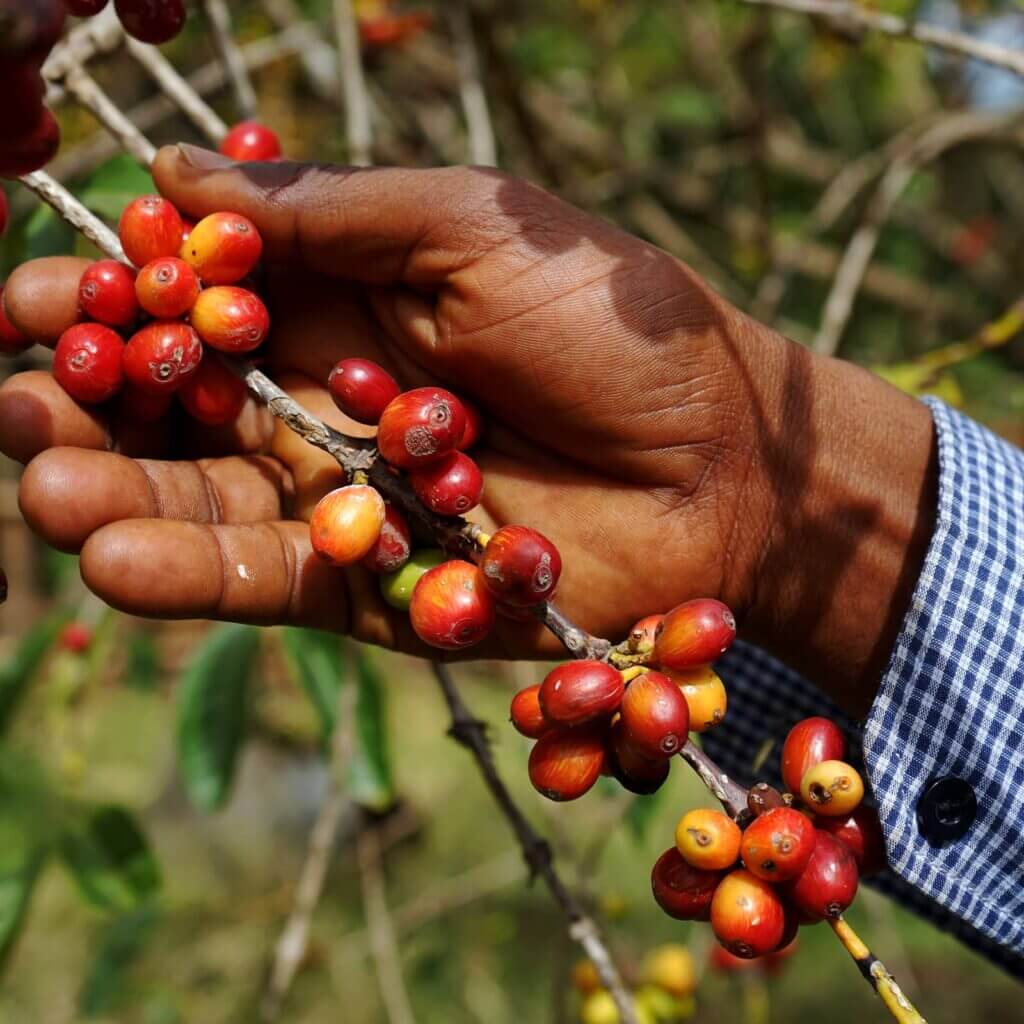
Ethiopian coffee, often hailed as the birthplace of this beloved beverage, is not just a cultural icon but also a major economic driver for the country. Revered for its diverse flavors, ranging from the floral notes of Yirgacheffe to the fruity tones of Sidamo, Ethiopian coffee contributes significantly to the nation’s economy. It accounts for a substantial portion of Ethiopia’s total export earnings, with major trade partners including the United Arab Emirates and Saudi Arabia. In 2021 alone, coffee exports amounted to a remarkable sum, showcasing its importance in the global market. Despite challenges like climate change and market fluctuations, Ethiopian coffee continues to thrive, blending traditional harvesting methods with modern practices. This unique blend of tradition and innovation, coupled with initiatives like fair trade, cements Ethiopian coffee’s status as a global commodity and a symbol of Ethiopian heritage.
Oilseeds

Ethiopia’s oilseed sector, a crucial component of its export economy, particularly shines through the global demand for its sesame seeds, niger seed, and linseed. In the 2021-2022 fiscal year, the export of these oilseeds significantly bolstered Ethiopia’s total export earnings, with sesame seeds leading as the top exporter. Renowned for their quality, these oilseeds have established Ethiopia as a key player in the international trade market, particularly in nations like China and Israel. Despite facing challenges such as fluctuating market prices and the need for modern farming techniques, the sector presents immense potential for growth. By focusing on enhancing quality and exploring new markets, Ethiopia can further solidify its position in global trade, contributing notably to its GDP and supporting its status as one of the fastest-growing economies in Africa. This sector not only aids in balancing the trade deficit but also sustains numerous families, underpinning Ethiopia’s rural economy and showcasing its agricultural heritage.
Khat
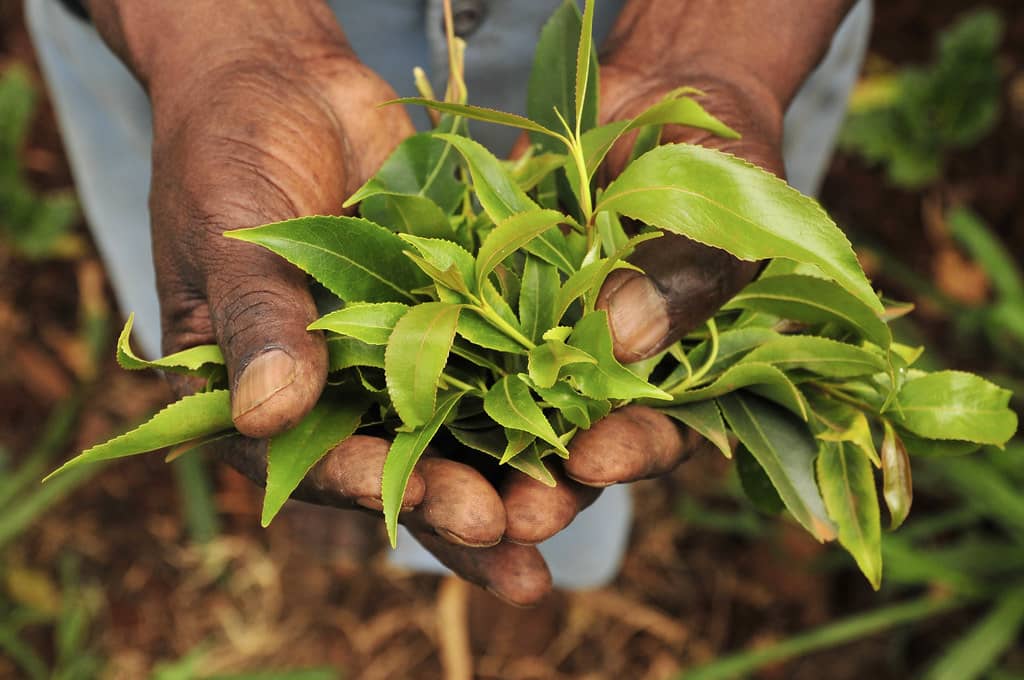
Khat, a native leafy stimulant from the Horn of Africa, stands out in Ethiopia’s 2022 export portfolio, marking the country’s growing trade influence. Despite controversies over its psychoactive effects, Khat is integral to Ethiopia’s economy, with significant contributions to export earnings reported by the National Bank of Ethiopia for the fiscal year 2021-2022. Mainly consumed in countries like Somalia, Djibouti, and Yemen, Khat’s trade showcases Ethiopia’s agricultural strength and ability to penetrate niche markets. This growth reflects Ethiopia’s strategic push in international trade, including participation in the Africa Continental Free Trade Agreement. As Ethiopia aims to balance its trade deficit and create a business-friendly climate, Khat remains a vital part of its export strategy, bolstering GDP and sustaining livelihoods for many farmers, thus highlighting its significance beyond mere economic metrics.
Livestock and Meat Products

Ethiopia, leveraging its vast pastoral lands, has significantly grown its livestock and meat product exports, contributing notably to its total export earnings, as reported by the National Bank of Ethiopia. Strategically located in the Horn of Africa, Ethiopia benefits from access to major Middle Eastern markets, especially Saudi Arabia and the UAE, fueling this sector’s growth. These exports align with Ethiopia’s economic ambitions, including its role in the Africa Continental Free Trade Agreement, supporting millions of farmers and boosting the national GDP. Despite challenges like fluctuating trade dynamics and managing trade deficits, Ethiopia shows a consistent upward trend in this sector. Heading into 2023, the country is focused on improving the quality and quantity of these exports, demonstrating adaptability in global trade and reinforcing its position as a major player in the international livestock and meat market. This commitment is key to Ethiopia’s ongoing economic resilience and growth.
Gold

Ethiopian gold, a shining star among its top exports in 2021, significantly bolsters the country’s economy. Renowned for its high quality and rooted in a rich mining history, gold production and export have seen substantial growth, significantly enhancing Ethiopia’s export earnings, as reported by the National Bank of Ethiopia. More than a mere commodity, gold symbolizes Ethiopia’s rich resources and potential for sustainable economic development. It’s instrumental in navigating trade challenges, including balancing trade deficits. As 2023 progresses, Ethiopian gold’s brilliance is expected to intensify on the global stage, reflecting the country’s resilience and adaptability. With ongoing investments in mining technology, Ethiopia’s gold exports are poised for further growth, making a significant contribution to the nation’s GDP and strengthening its global trade position.
Textiles and Garments

Ethiopia’s textile and garment sector, a vivid component of its 2021 exports, narrates a story of economic transformation and empowerment. Situated in the Horn of Africa, the country has leveraged textiles and garments as a cornerstone of its export strategy, with the government fueling growth through industrial parks and international investments. This focus has yielded a rise in exports, significantly boosting Ethiopia’s economy. The industry blends traditional craftsmanship with modern techniques, offering employment opportunities and helping to balance trade deficits. Catering to diverse markets, including the EU, the US, and Africa, Ethiopian textiles and garments symbolize the nation’s adaptability in global trade. These products, steeped in cultural heritage and refined by modern practices, represent Ethiopia’s aspirations and potential in the global economy. Looking ahead, the sector is poised for continued growth, affirming Ethiopia’s emerging role in the global textile industry.
Flowers
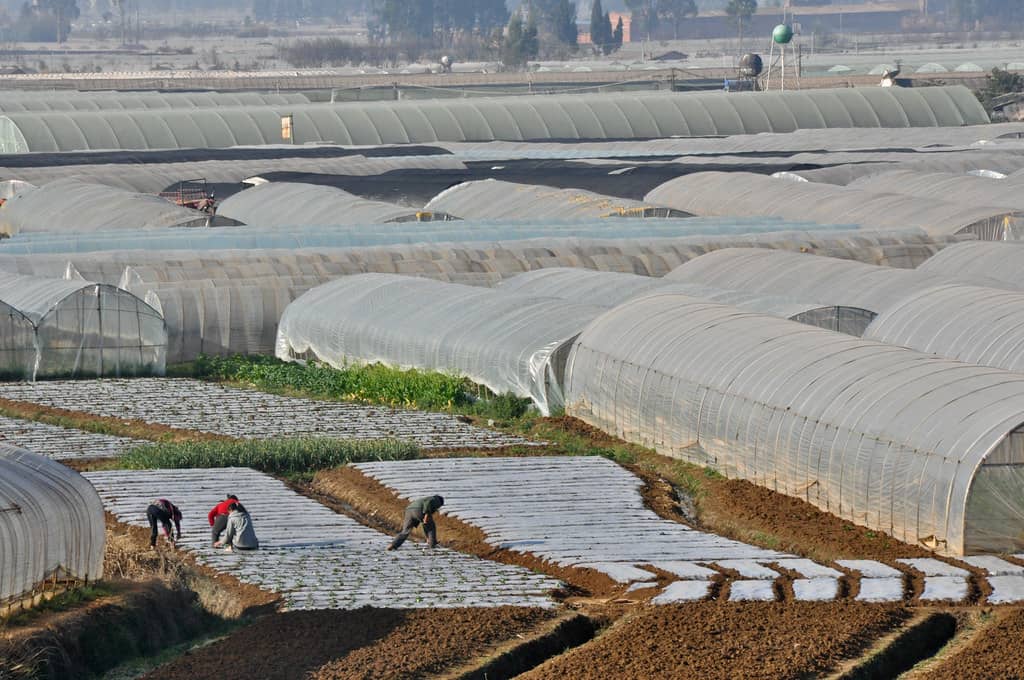
Ethiopia’s flower industry, a blooming facet of its 2021 export landscape, exemplifies a harmonious blend of agriculture and commerce. Nestled in a region rich in history and natural resources, the country has skillfully cultivated its flower export sector, with a focus on cut flowers like roses. Thanks to its ideal climate and supportive policies, Ethiopia’s floral exports are not just a showcase of beauty but also a significant contributor to its economy. The burgeoning cut flower market, particularly roses, has captivated international markets, providing jobs and supporting local communities. This sector symbolizes Ethiopia’s economic diversification and global trade aspirations, painting a vibrant picture of growth and potential in the global agricultural arena.
Leather and Leather Products

Ethiopia’s leather industry, a vibrant blend of tradition and modernity, stands out as a key contributor among the nation’s top 10 exports in 2021. Renowned for its high-quality craftsmanship, Ethiopian leather has carved a niche in the global market, particularly in regions like the United Arab Emirates and Saudi Arabia. This sector not only bolsters Ethiopia’s GDP but also plays a crucial role in providing employment, thereby uplifting local communities. With a steadfast commitment to quality and sustainability, Ethiopia’s leather industry is more than just an export success; it’s a symbol of the nation’s potential for growth and innovation in international trade, promising a future woven with both economic and cultural richness.
Fruits and Vegetables
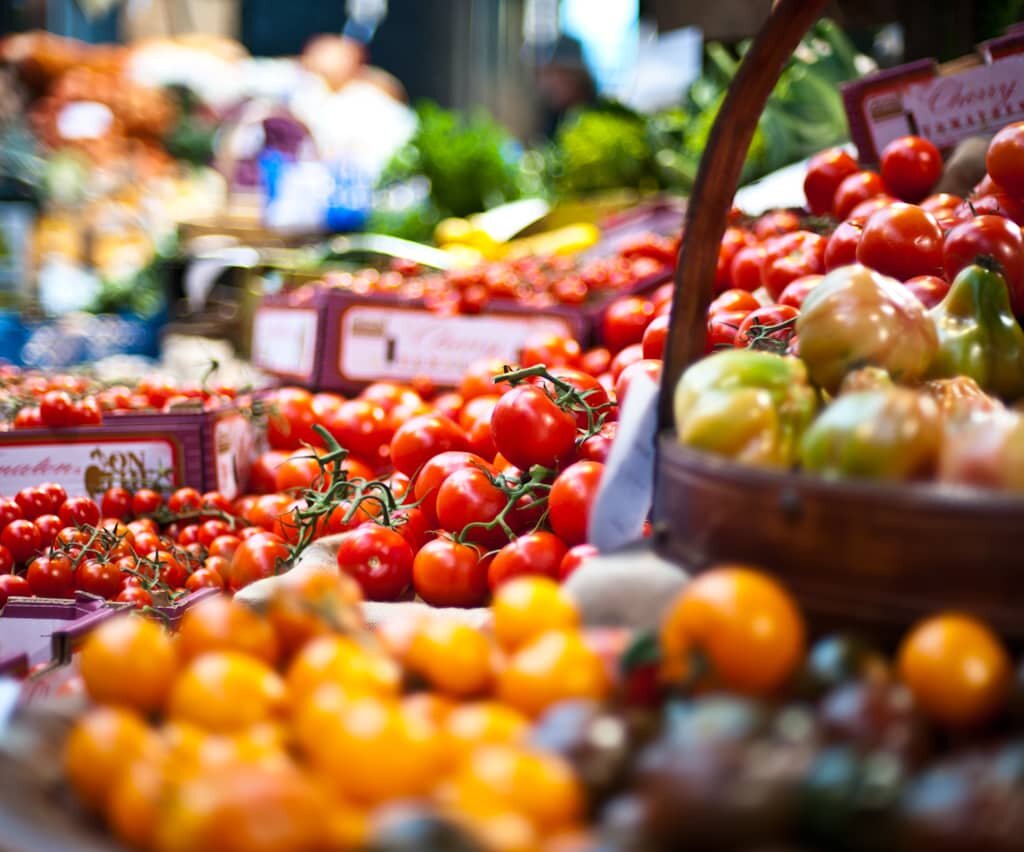
In 2022, Ethiopia’s agricultural sector, celebrated for its fertile lands and favorable climate, has placed fruits and vegetables prominently among the nation’s top 10 exports. This vibrant array of produce, including juicy strawberries, crisp peppers, and succulent tomatoes, has captured the international market’s attention, particularly in the Middle East and Europe, with significant importers like the United Arab Emirates and Saudi Arabia. This ensures that the story of Ethiopian resilience and rich agricultural heritage is shared globally, connecting consumers to the natural bounty of Ethiopia with every bite of our fresh, high-quality produce.
Natural Gum

In 2022, Ethiopia’s natural gum emerges as a significant contributor to its export portfolio, drawing global attention for its versatility in food, pharmaceutical, and cosmetic industries. Harvested sustainably from the Acacia trees of Ethiopia, this renewable resource enhances the nation’s GDP, fostering trade relations with key partners like the UAE and Saudi Arabia. By blending traditional practises with modern trade demands, Ethiopia’s natural gum symbolises a perfect union of environmental stewardship and economic advancement, reinforcing our position as a reliable partner in international trade.
Conclusion
As we wrap up our exploration of Ethiopia’s Top 10 Exports in 2023, it’s evident that Ethiopia is emerging as a significant player in the global market. Showcasing a diverse array of products, from the renowned Ethiopian coffee to innovative sectors like textiles and natural gums, the nation illustrates a remarkable blend of tradition and modernity in its economic narrative. As Ethiopia continues to grow and diversify, we remain committed to connecting our clients with the vast opportunities within this dynamic economy, embodying a bridge between tradition and innovation, and between Ethiopia and the global market.
Frequently Asked Questions
What is the top export product of Ethiopia in 2023?
As of 2023, the top export product of Ethiopia is oil seeds, followed closely by cut flowers.
Who are Ethiopia’s top trade partners in 2023?
Ethiopia’s top trade partners in 2023 are the United Arab Emirates and Saudi Arabia, with close trade relations in both the export and import sectors.
Which product experienced a significant rise in exports from Ethiopia in 2022 to 2023?
The export of cut flowers has seen a significant increase from Ethiopia in the period of 2022 to 2023.
What were Ethiopia’s total imports and exports for the year 2022, and how has it changed in 2023?
The exact figures for Ethiopia’s total imports and exports in 2022 are not readily available. However, in 2023, Ethiopia’s total exports earnings have significantly increased due to a rise in the global demand for oil seeds and cut flowers.
How did the exports to Ethiopia change in the past years?
The exports to Ethiopia experienced fluctuations over the past years due to various factors such as global market shifts, domestic production changes, and international trade agreements.








